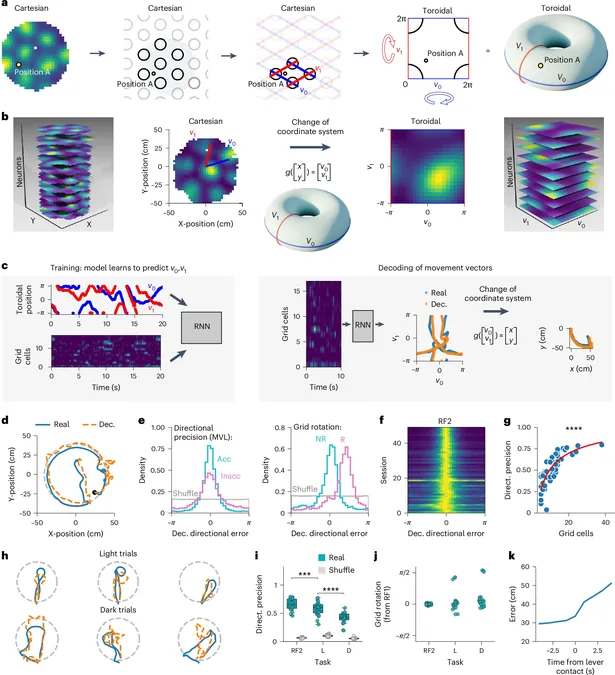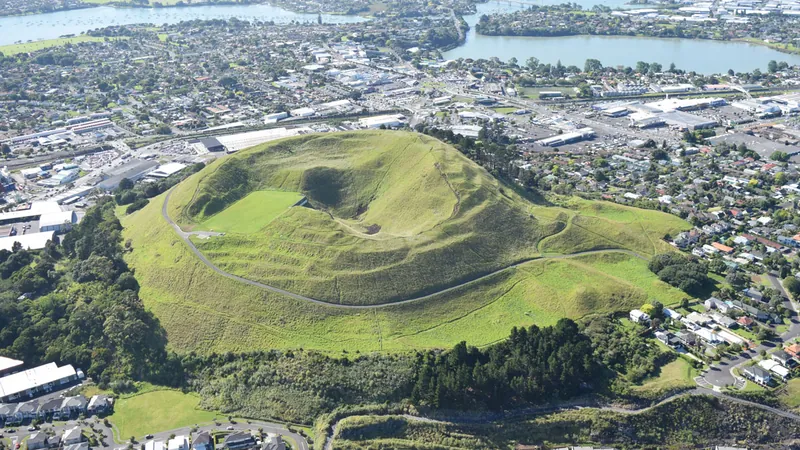
Unlocking the Brain's Navigation Mysteries: How We Adapt Our Internal Maps
2025-09-24
Author: Charlotte
A Whole New Perspective on Brain Navigation
Imagine if your brain was like a finely-tuned GPS, guiding your every move. Since the groundbreaking discovery of grid cells in 2004, scientists have likened these brain cells to our internal navigation system. However, recent research from the German Cancer Research Center (DKFZ) and Heidelberg University Hospital reveals that these cells are far more flexible than previously thought.
The Mind’s Dynamic Mapping System
In a series of innovative experiments with mice, researchers uncovered that grid cells can adapt their activity based on different reference points, rather than providing a static roadmap. This shifts our understanding: instead of a rigid global grid to navigate by, the brain utilizes dynamic, situational maps that adjust to our immediate environment.
The Importance of Navigation for Survival
Navigation is vital for survival, helping both humans and animals find food, explore new territories, or return home safely. At the heart of this ability are grid cells, which fire in a regular pattern and played a key role in winning a Nobel Prize in Medicine in 2014. These cells are found in the entorhinal cortex and were long considered fixed point markers in our brain's internal navigation system.
Experimenting with Maze Navigation
To dive deeper into how grid cells operate, the research team created a unique maze navigation challenge for mice. The animals needed to locate a randomly positioned target—a small lever—after starting from a specific point. Following their successful quest, they had to find their way back home. The task was performed both in light and darkness, while the team recorded thousands of neurons firing in the entorhinal cortex, employing advanced AI to analyze movement signals.
Revolutionary Findings on Grid Cells
What the researchers found was astonishing: during the experiments, the typical grid patterns seen in these cells vanished. Instead, grid cells 'anchored' their mapping to different reference points based on the mice's actions—initially sticking to the starting position and swiftly adjusting to the location of the lever after it was discovered. This rapid transition between local maps occurs within seconds, highlighting a previously unknown cognitive mechanism.









 Brasil (PT)
Brasil (PT)
 Canada (EN)
Canada (EN)
 Chile (ES)
Chile (ES)
 Česko (CS)
Česko (CS)
 대한민국 (KO)
대한민국 (KO)
 España (ES)
España (ES)
 France (FR)
France (FR)
 Hong Kong (EN)
Hong Kong (EN)
 Italia (IT)
Italia (IT)
 日本 (JA)
日本 (JA)
 Magyarország (HU)
Magyarország (HU)
 Norge (NO)
Norge (NO)
 Polska (PL)
Polska (PL)
 Schweiz (DE)
Schweiz (DE)
 Singapore (EN)
Singapore (EN)
 Sverige (SV)
Sverige (SV)
 Suomi (FI)
Suomi (FI)
 Türkiye (TR)
Türkiye (TR)
 الإمارات العربية المتحدة (AR)
الإمارات العربية المتحدة (AR)